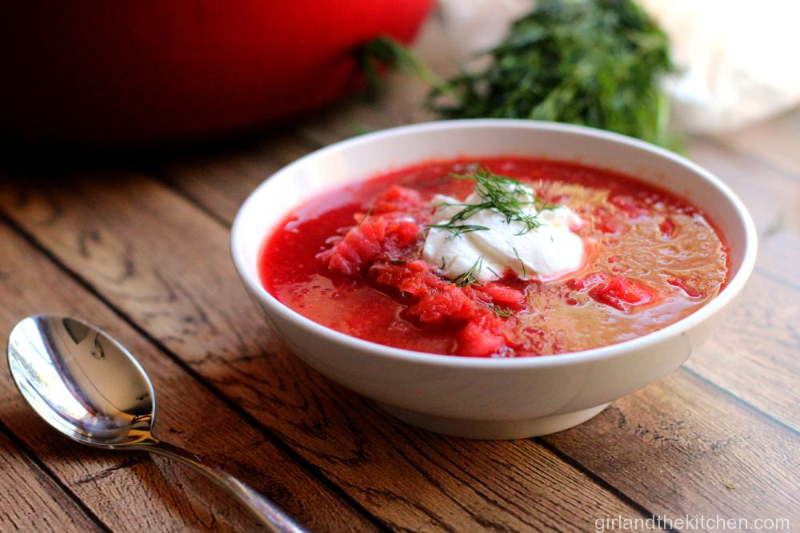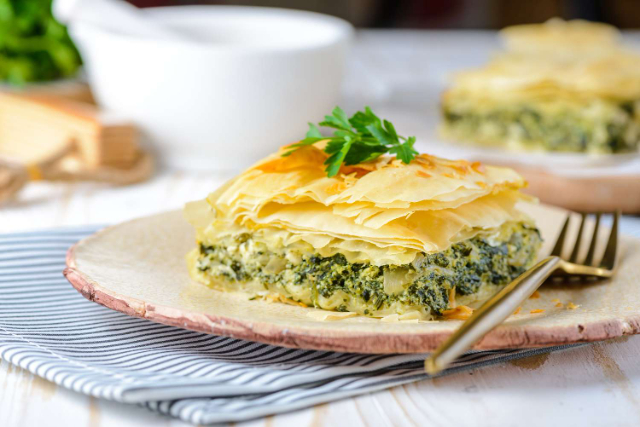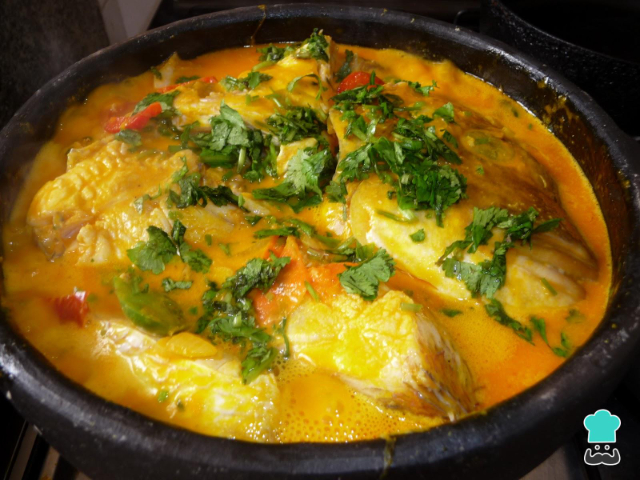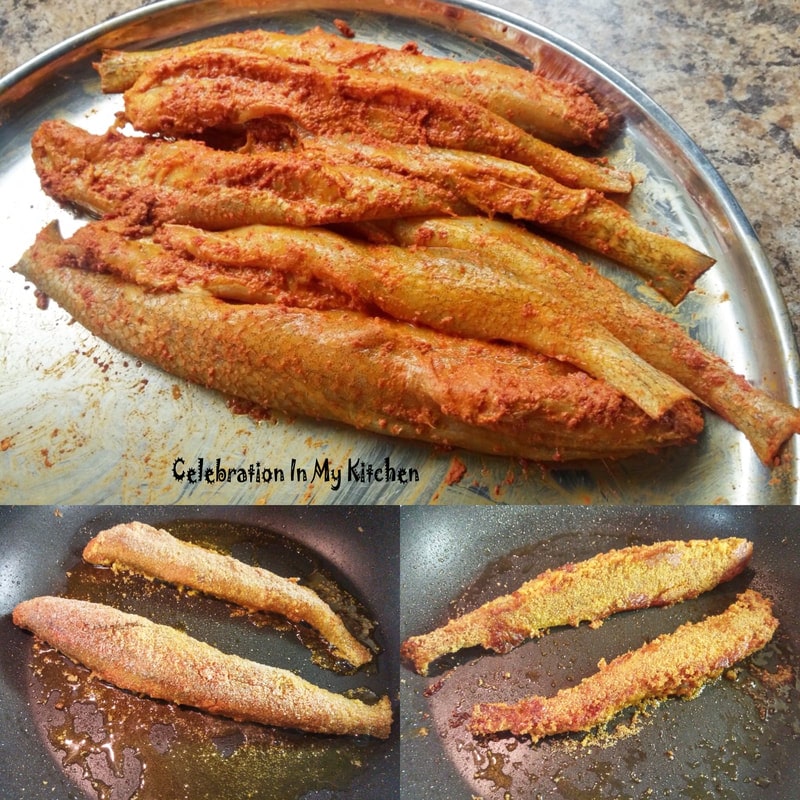Souvlaki, another staple in Greek street food, is frequently mistaken for gyros, especially by those new to Greek cuisine. While both involve pita, meat, and a variety of accompaniments, Souvlaki has its own distinct preparation and flavor profile.
In Souvlaki, the meat—typically chicken or pork—is marinated before being threaded onto wooden skewers and grilled over charcoal. The char-grilled meat is then placed inside a pita wrap, accompanied by a simple yet flavorful salad of tomatoes and onions. The wrap is completed with a dollop of tzatziki sauce and a sprinkle of lemon zest, adding a tangy kick to the ensemble.
Historically, Souvlaki is not a modern invention. Known as Kandaulos in ancient Greece, the dish traditionally included cheese and fresh dill, indicating its long-standing presence in Greek culinary heritage.
Lefteris o Politis (Lefteris of the City) on Satovriandou Street has some of the best Greek souvlaki in Athens. Named after the original owner, Lefteris, who was from Istanbul, the souvlaki stand has been open since 1951 and is a local favorite. Lefteris o Politis is no-nonsense, offering one option of traditional grilled beef souvlaki—served spicy, with no fries and limited toppings.
O Kostas on Pentelis Street near Syntagma Square is another old-school souvladzidika that you absolutely must try when in Athens. In business since 1950, the tidy little shop is known for its mouthwatering meats and fresh flavors. The souvlaki is served with plain yogurt rather than the traditional tzatziki. Go there early to avoid the lunch crowd. The shop usually closes around 3 p.m. when they run out of meat.
Livadia, near Kanigos Square, is another excellent choice for traditional kalamaki in Athens. Go to Livadia to feast on succulent cubes of grilled pork on a skewer, served with bread, not pita. The old-fashioned shop has been open since 1963 and is named after the town in central Greece whose specialty is kalamaki. The town even holds the Guinness World Record for the longest souvlaki ever, at 201 meters.
So, whether you opt for Gyros or Souvlaki, each offers its own unique burst of flavors and textures, representing different aspects of Greece’s rich food culture. The next time you find yourself navigating a Greek food menu, knowing the difference between these two could enrich your dining experience.













